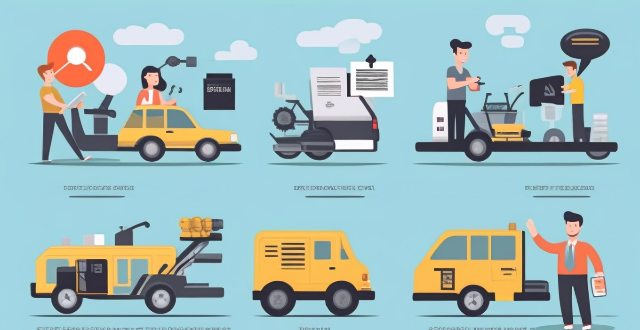Reducing fuel consumption during long trips saves money and helps the environment. Plan your route to avoid congestion, maintain proper tire inflation, drive efficiently, lighten the load, use air conditioning sparingly, keep up with vehicle maintenance, consider aerodynamics, use gears effectively for manual transmission vehicles, avoid idling, and use fuel-efficient driving apps to track your consumption.

Tips for Reducing Fuel Consumption During Long Trips
When embarking on long trips, reducing fuel consumption is often a priority for many travelers. Not only does it save money, but it also has environmental benefits by reducing carbon emissions. Here are some tips to help you achieve lower fuel consumption during your journey:
1. Plan Your Route
- Avoid Congested Areas: Heavy traffic can lead to frequent stops and starts, which consume more fuel. Use GPS or navigation apps to find the least congested route.
- Choose Scenic Routes: Sometimes, scenic routes might be longer but could offer more consistent speeds and fewer stops.
2. Maintain Proper Tire Inflation
- Check Tire Pressure: Underinflated tires increase rolling resistance, leading to higher fuel consumption. Check tire pressure before you start your trip and periodically throughout the journey.
3. Drive Efficiently
- Maintain a Steady Speed: Rapid acceleration and hard braking can increase fuel usage. Aim for a steady pace and use cruise control on highways if possible.
- Use Engine Braking: When descending hills, use engine braking instead of brakes to save fuel.
4. Lighten the Load
- Reduce Unnecessary Weight: Remove any unnecessary items from your vehicle. The heavier the vehicle, the more fuel it will consume.
5. Optimize Air Conditioning Use
- Use It Sparingly: Air conditioning can increase fuel consumption, especially at low speeds. If weather permits, open windows at low speeds and use AC conservatively at high speeds.
6. Keep Up with Maintenance
- Regular Tune-Ups: A well-maintained engine runs more efficiently. Make sure to follow the recommended service intervals for your vehicle.
- Clean Air Filter: A clogged air filter restricts airflow, making the engine work harder and burn more fuel. Check and replace it as needed.
7. Consider Aerodynamics
- Remove Roof Racks: If not in use, remove roof racks or boxes as they create wind resistance, increasing fuel consumption.
- Close Windows and Sunroof: At high speeds, open windows and sunroofs can create drag, so keep them closed to improve aerodynamics.
8. Use Gears Effectively (Manual Transmission)
- Shift Early: Upshift as soon as possible without laboring the engine to reduce revs and save fuel.
- Coast in Neutral: When safe and appropriate, coast in neutral to save fuel, especially when approaching stops or going downhill.
9. Avoid Idling
- Turn Off the Engine: If you're stopped for more than a minute or two (e.g., at a drive-thru), consider turning off the engine to save fuel.
10. Use Fuel-Efficient Driving Apps
- Track Your Consumption: There are apps available that can help you monitor your driving habits and provide feedback on how to improve fuel efficiency.
By implementing these strategies, you can significantly reduce your vehicle's fuel consumption during long trips, saving money and contributing to a greener environment.